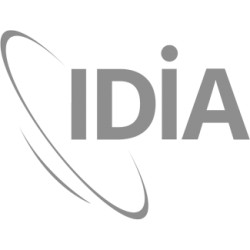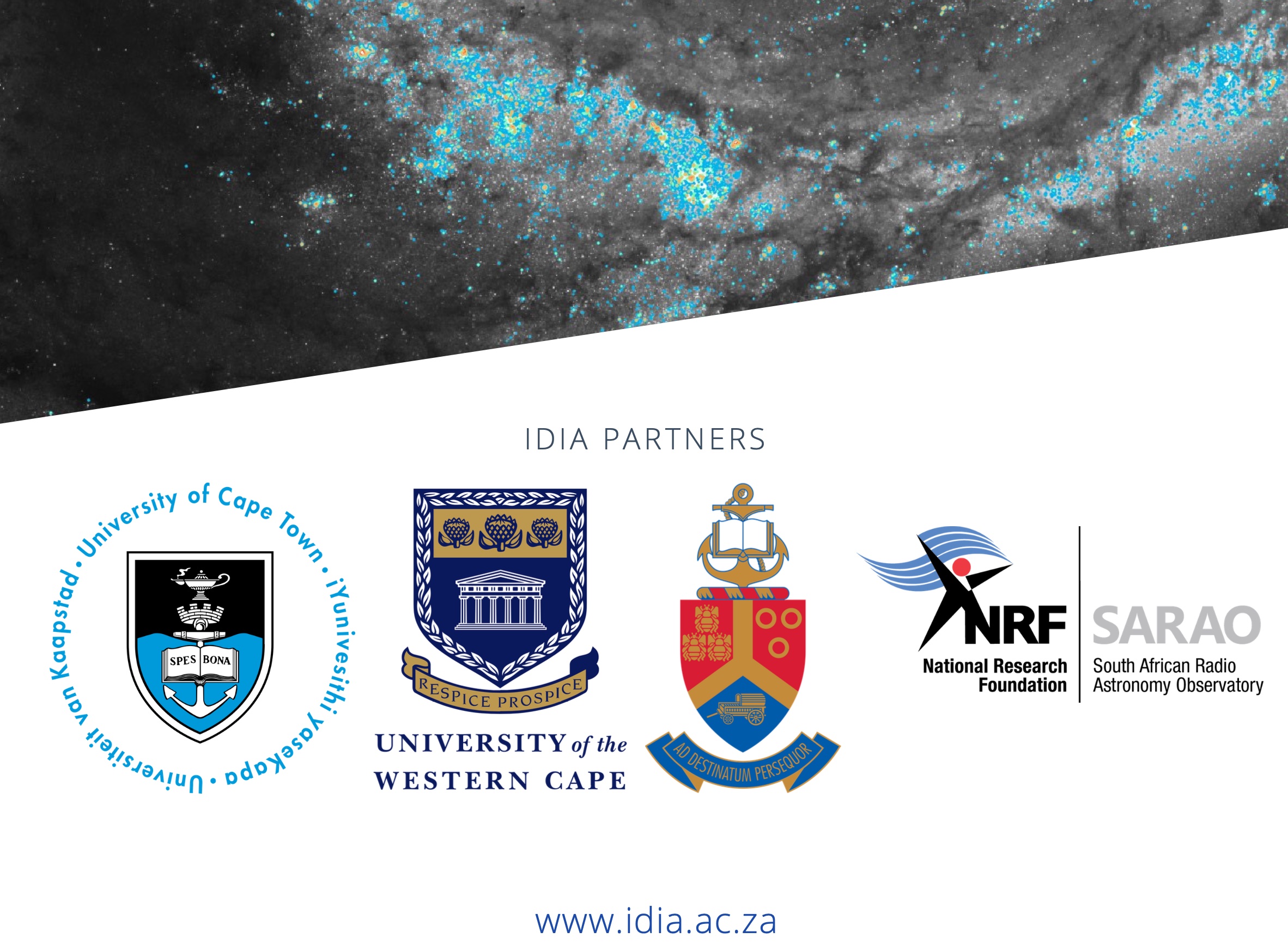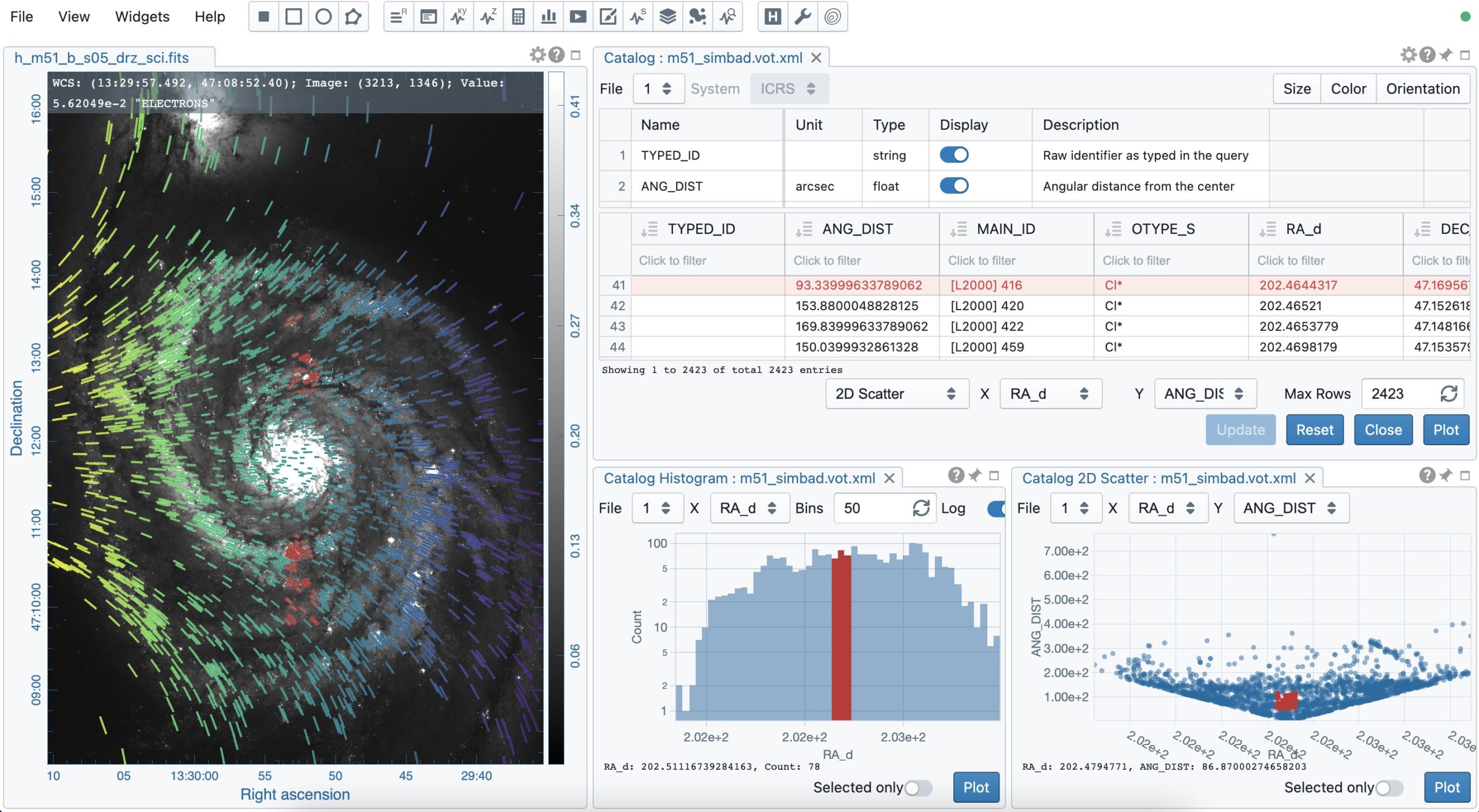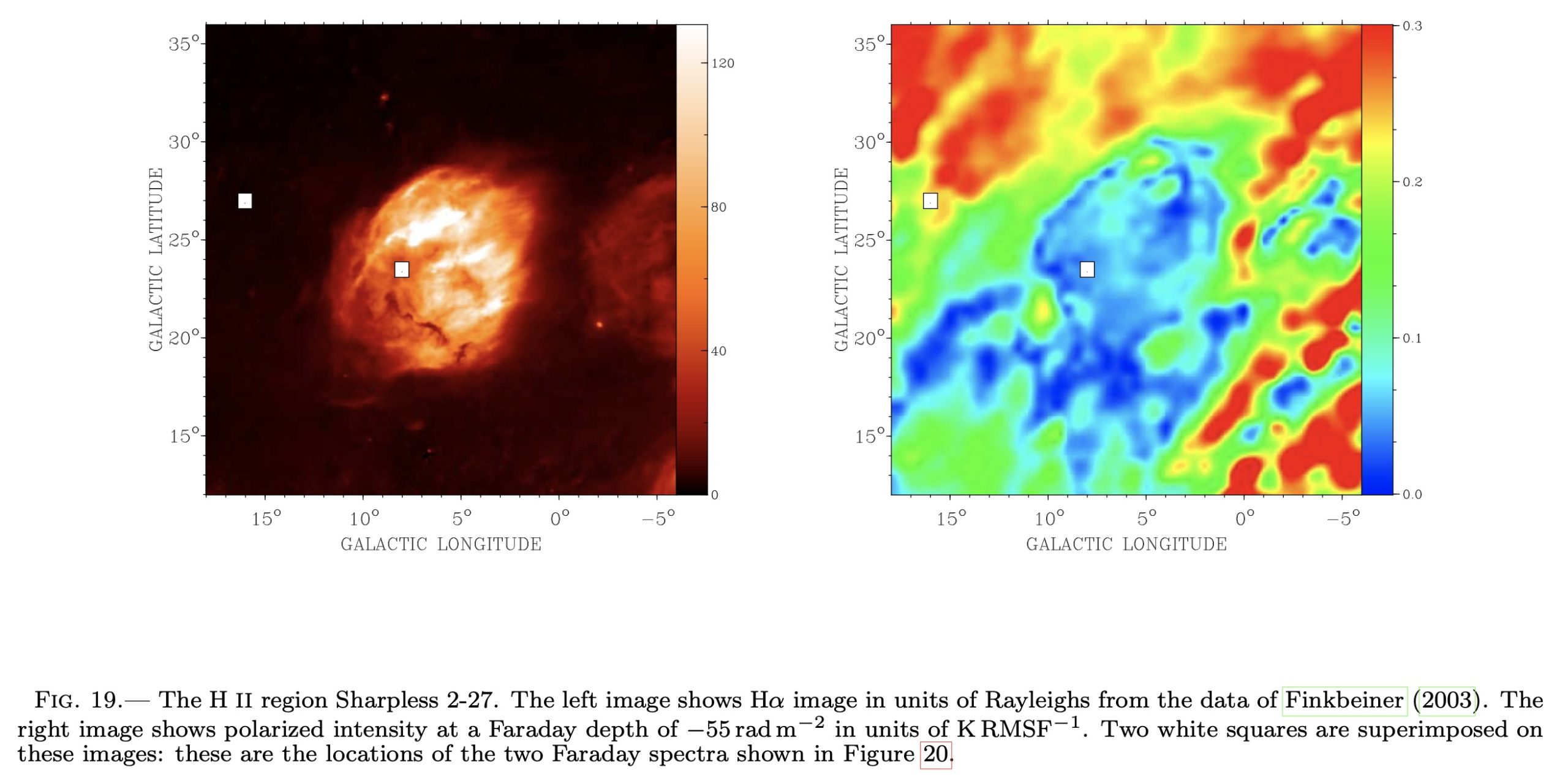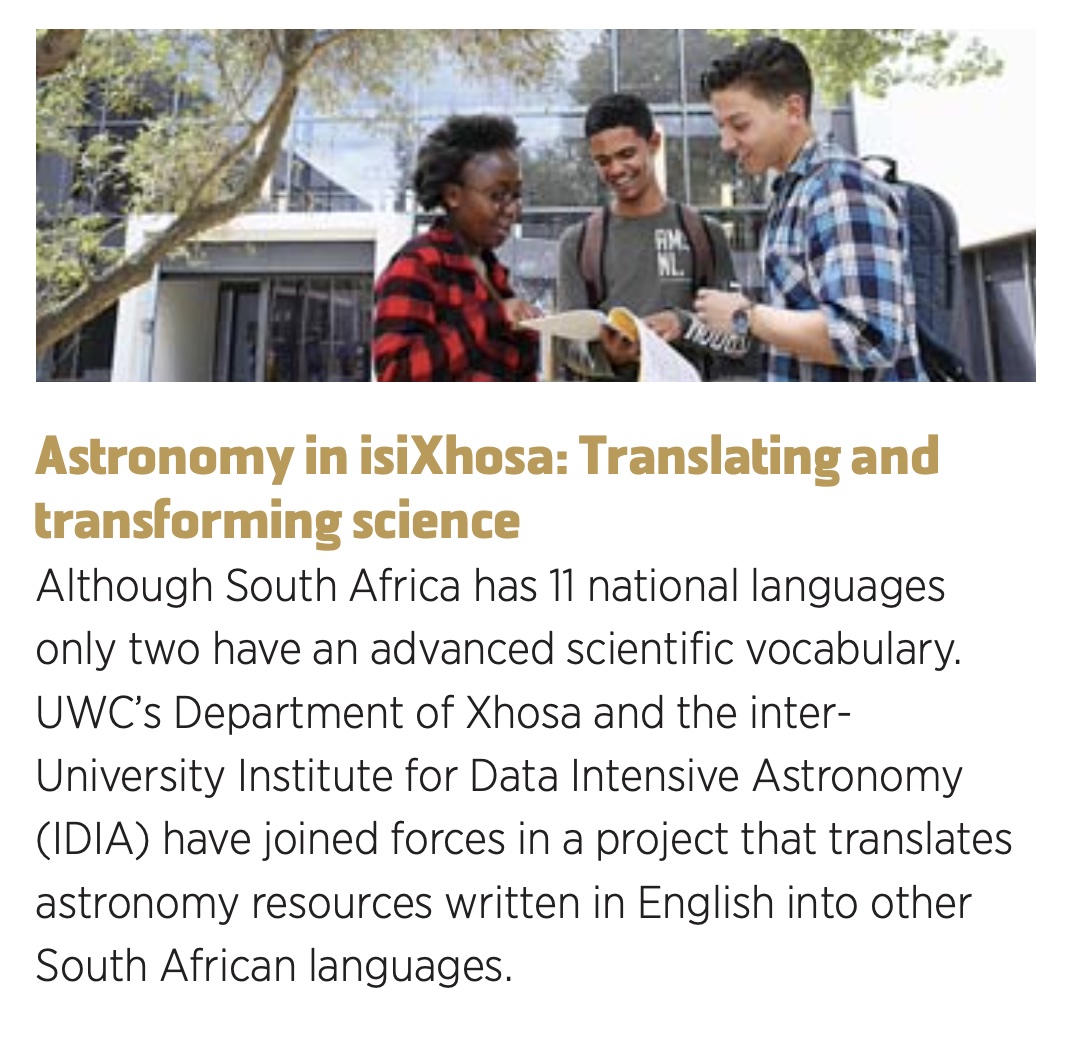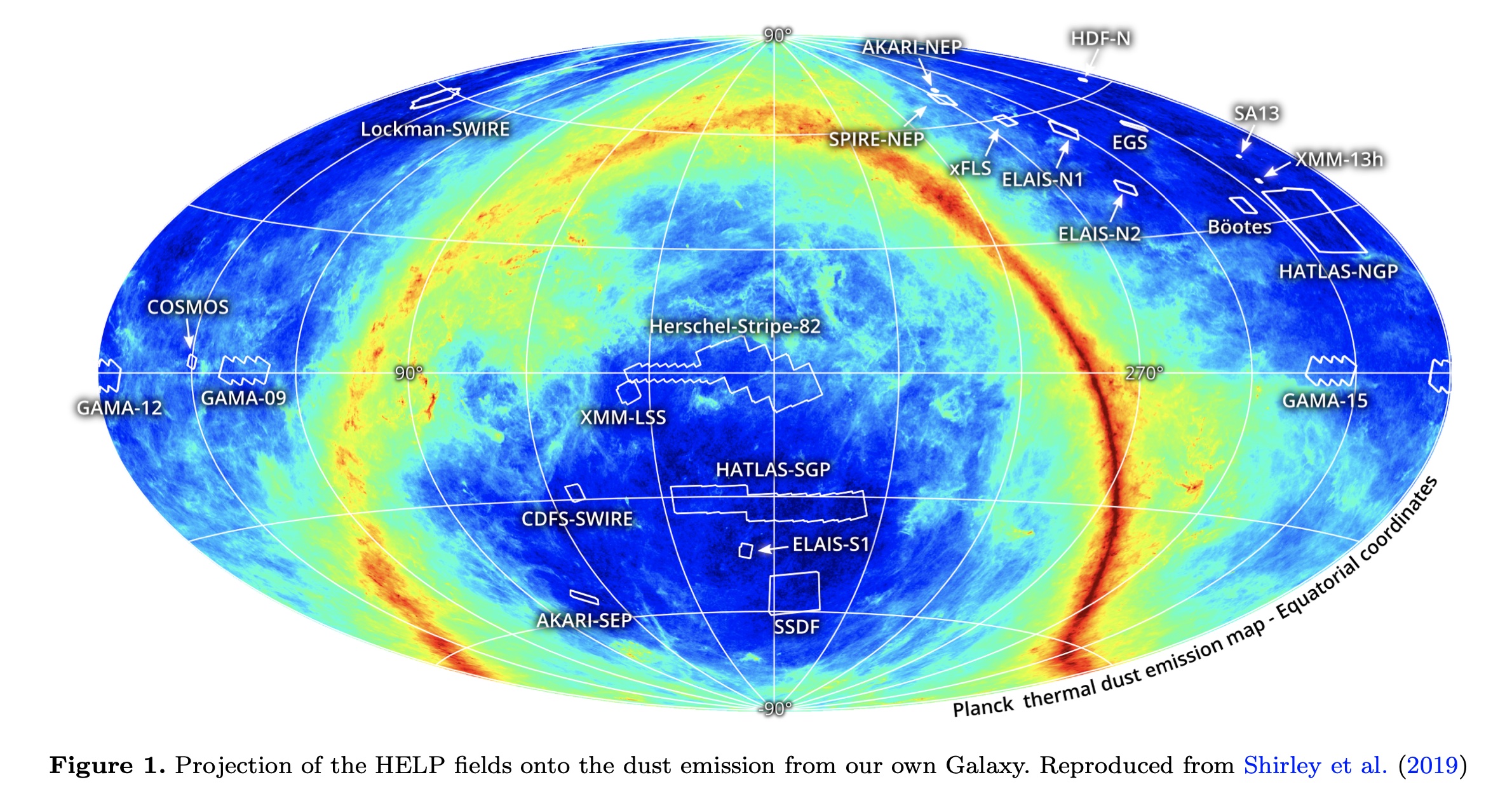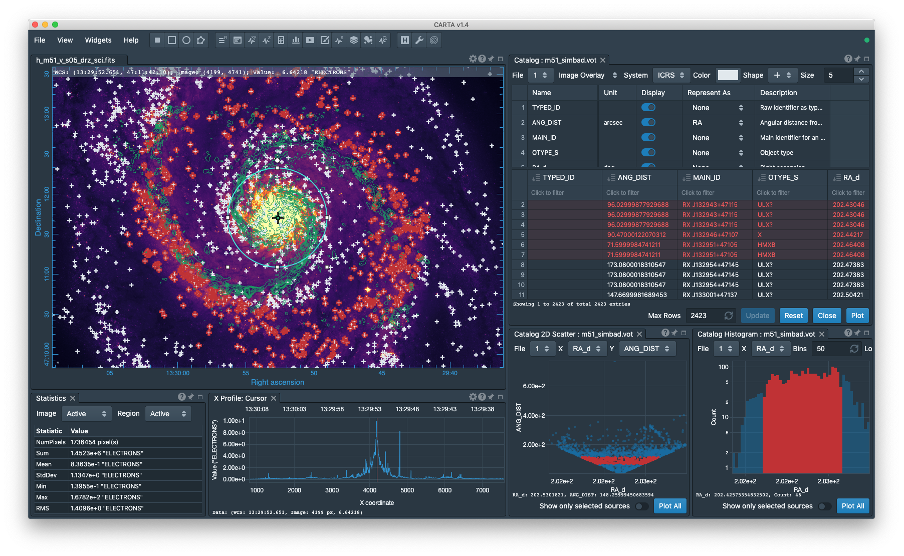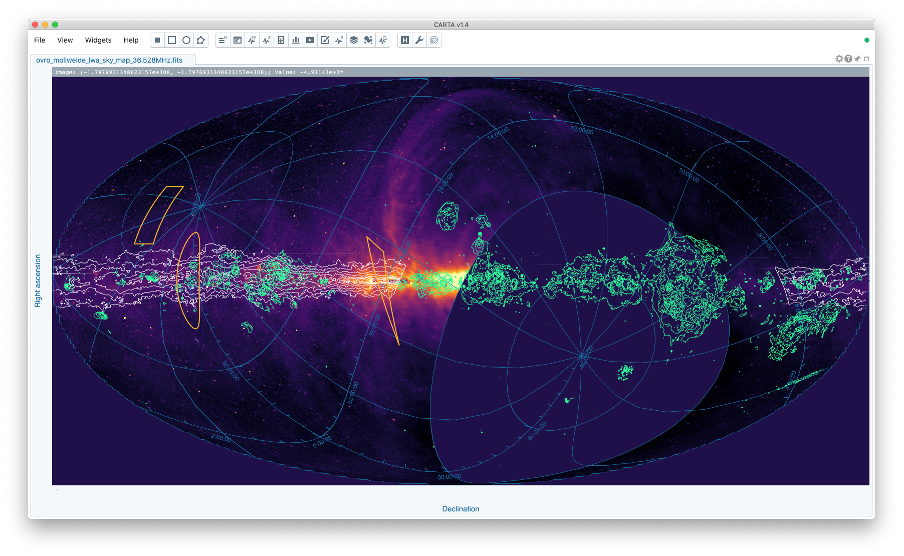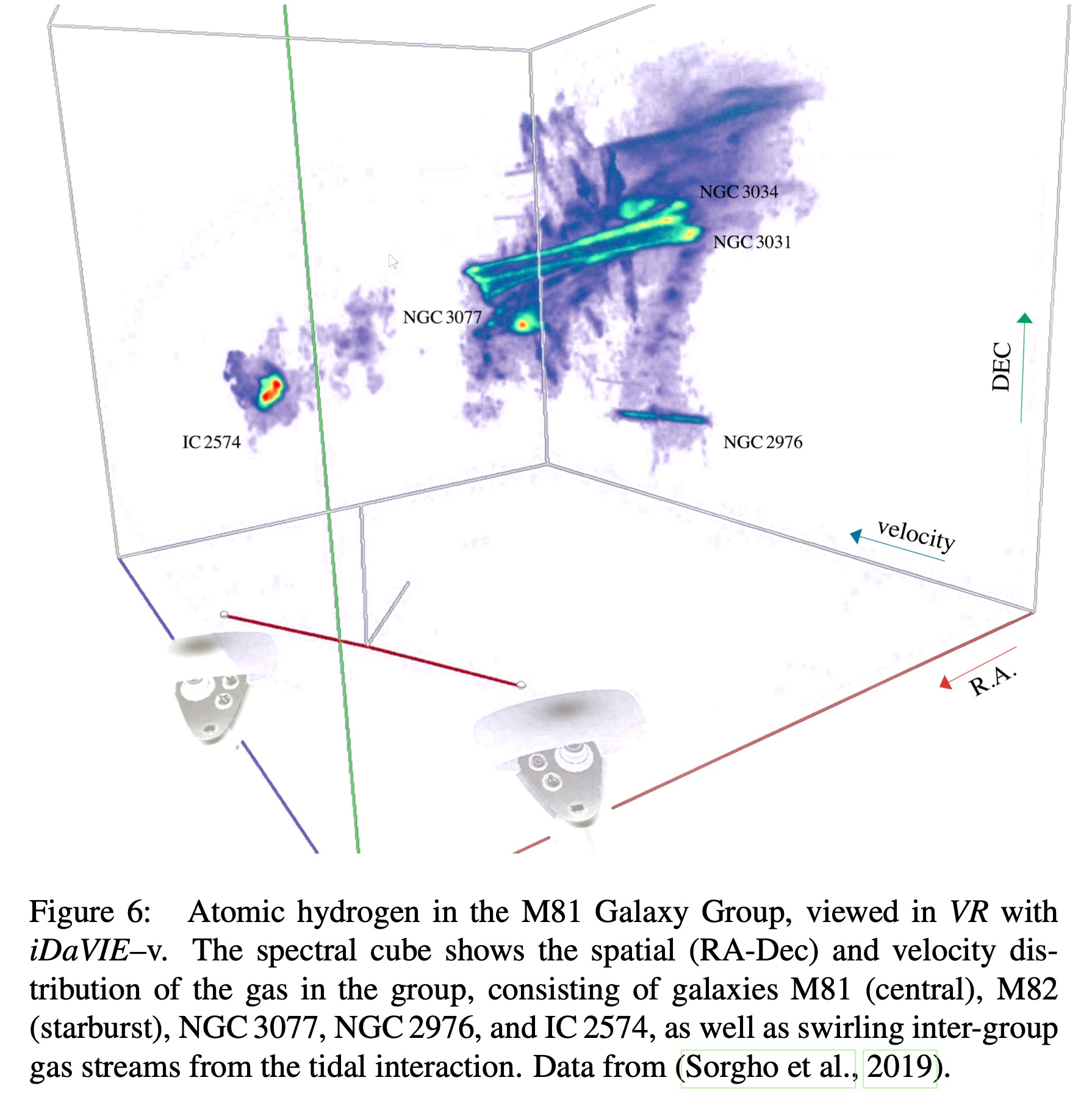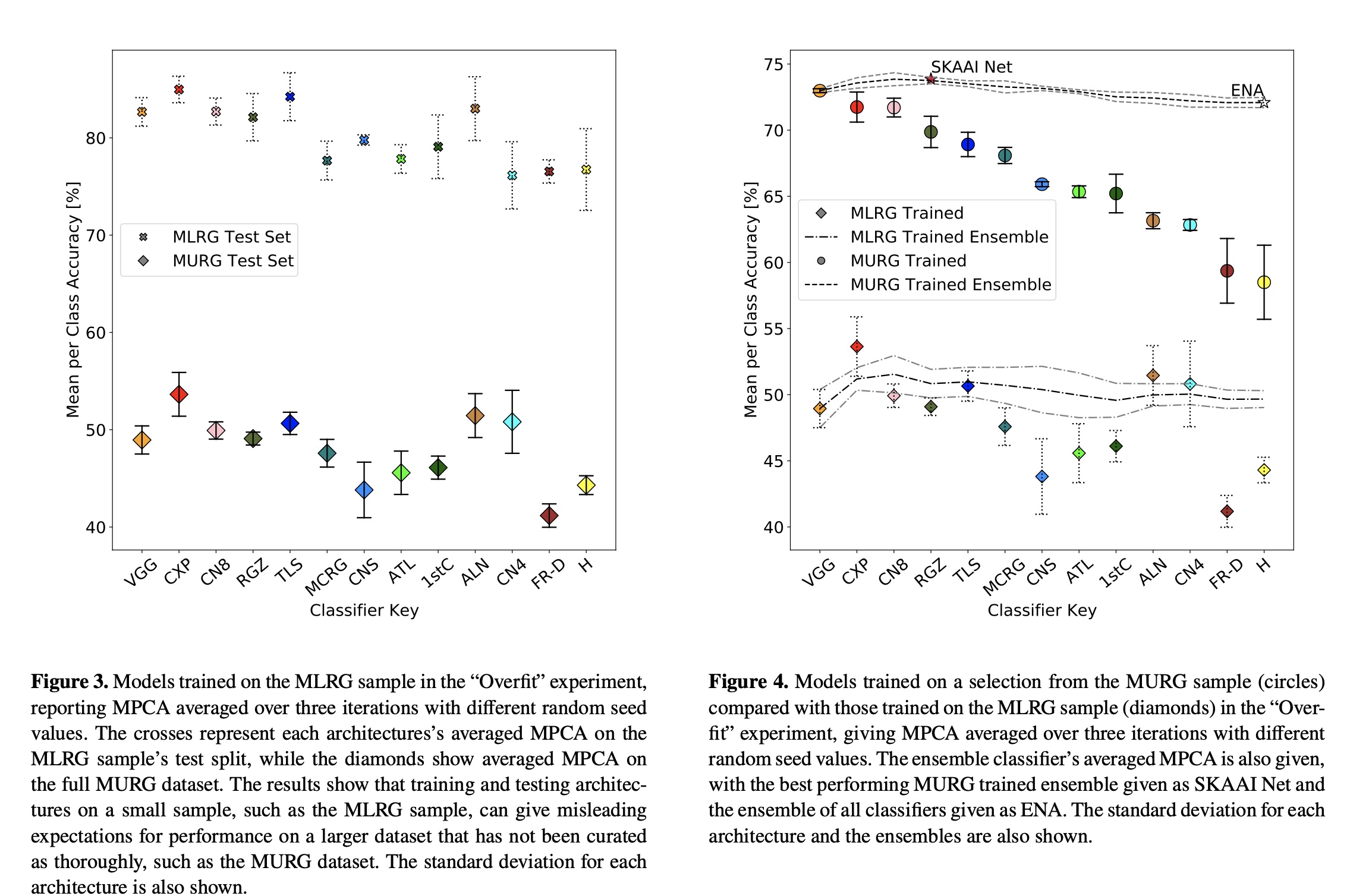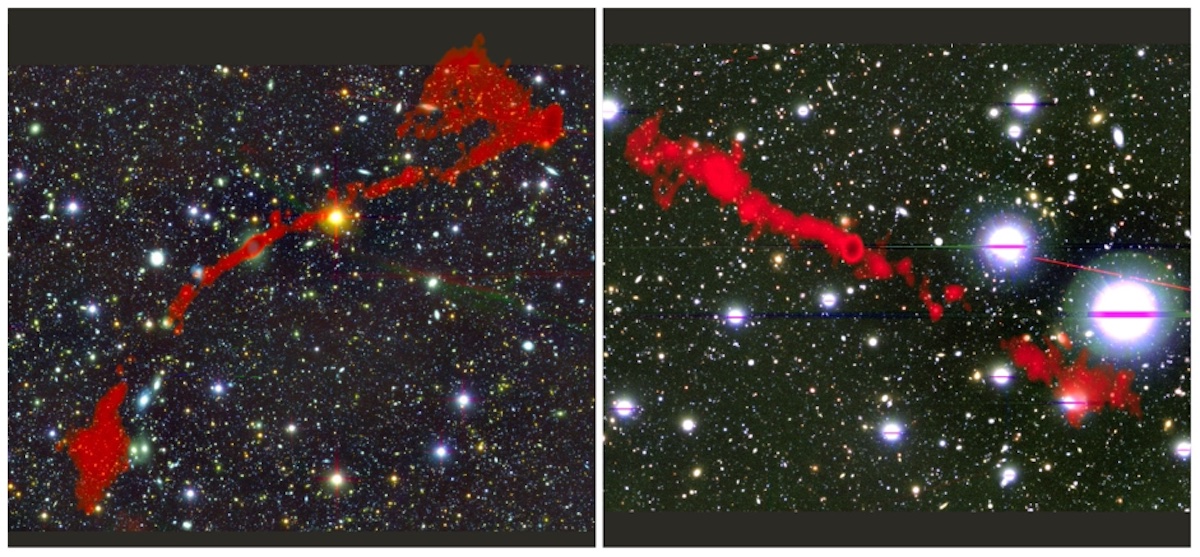IDIA Highlights Brochure – June 2021
We have put together a short IDIA Highlights Brochure for June 2021. IDIA activities are multiple and diverse. In this brochure, we highlight just a few of them, in view of a more substantial activity report later in the year. In the meantime, grab yours here, and feel free to contact us at communications@idia.ac.za for any feedback or suggestions.
